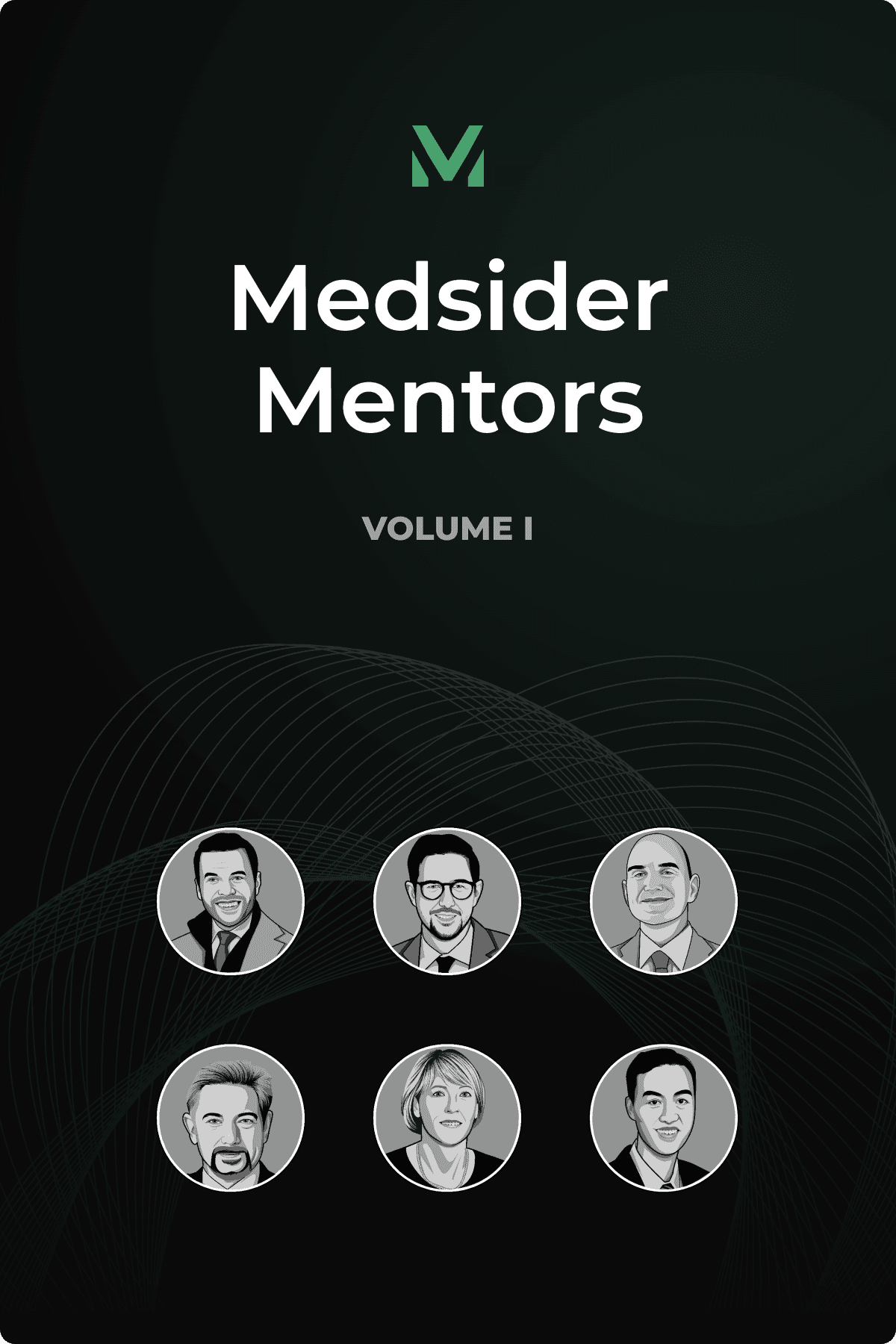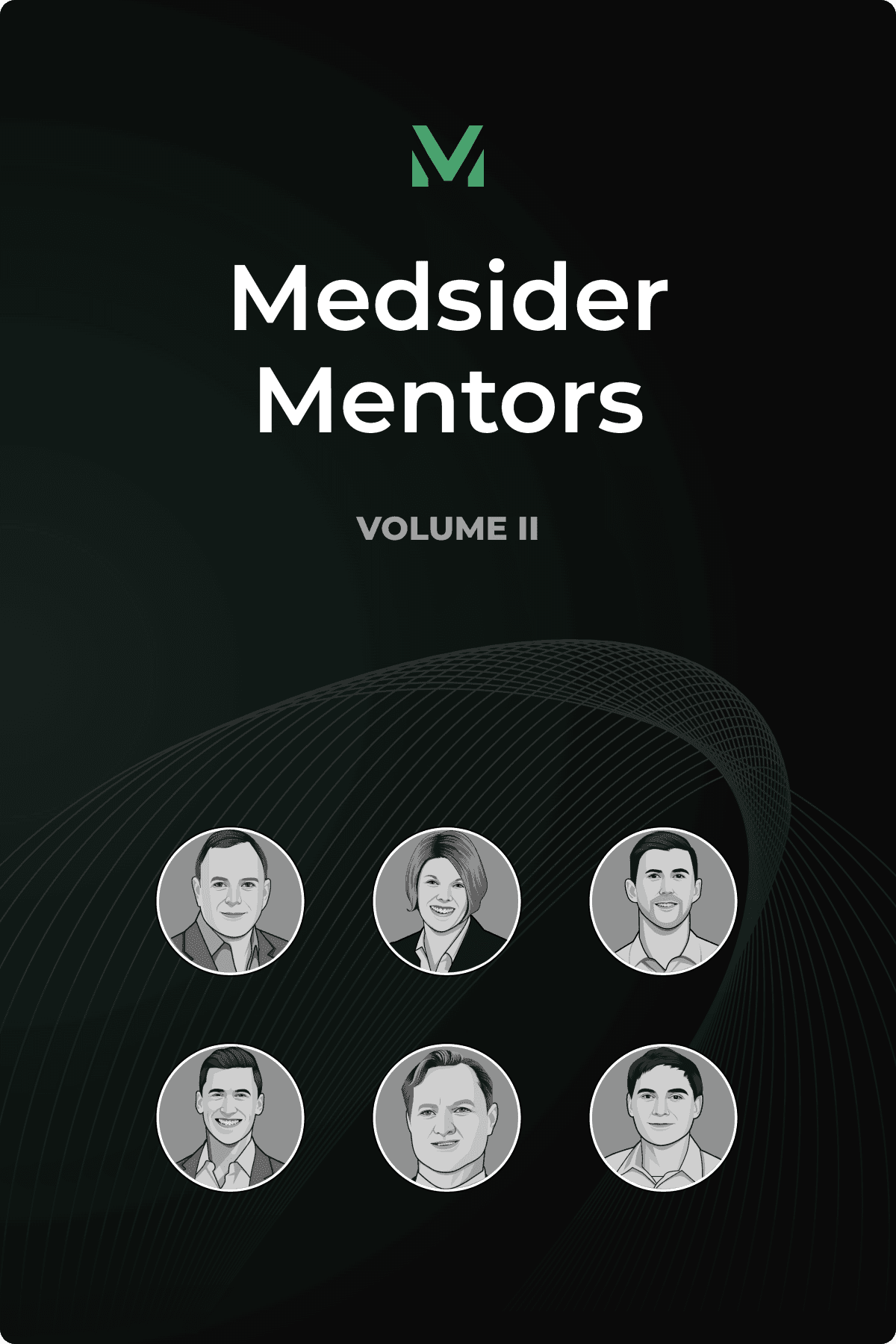How to Validate Your Idea Rigorously
Interview with Flow Medical CEO Jennifer Fried

Key Learnings From Jennifer's Experience
For future M&As: engage early, plan intentionally, and nurture relationships. A proactive approach will help you gain an understanding of the market as well as get to know your potential acquirers and their interests. Having these conversations early, when there’s no M&A deal on the table, is much easier. And when there is, you’ll know the ropes by then.
Be intentional about challenging your assumptions, conduct unbiased customer discovery, and lean on data and patterns rather than personal biases. This upfront effort helps you ensure the problem is real, meaningful, and worth solving. It will also save you from unnecessary time and resource investment.
Build meaningful, lasting relationships by personalizing your approach, understanding your audience, and staying persistent. Leverage your network to create warm connections, tailor your pitch to your audience, and use rejection as an opportunity to foster future relationships. Raising capital requires preparation, adaptability, and consistent follow-up to keep potential investors engaged over time.
Jennifer Fried returns to Medsider, now with an exit under her belt. The last time we spoke to her in 2020, she was leading ExplORer Surgical, a medtech company that provides a digital platform that offers real-time surgical support to enhance operating room efficiency and outcomes. Since then, ExplORer, which she co-founded, has been acquired by Global Healthcare Exchange (GHX). Today, Jennifer is embracing new challenges as the co-founder and CEO of Flow Medical, a company developing next-generation pulmonary embolism thrombolysis catheters.
Here’s a recap on Jennifer’s background: After starting at Bain & Company, she transitioned into healthcare venture capital, where she gained exposure to late-stage medical devices and healthcare software. Her entrepreneurial chapter began with a University of Chicago spin-out in 2016, ExplORer Surgical. Now, she’s channeling her expertise into Flow Medical, a venture born from a collaboration between two physicians at the University of Chicago, Drs. Jonathan Paul and Osman Ahmed, who identified the limitations of existing tools during the COVID-19 pandemic. They designed the concept for the catheter in December 2020 and worked with the Polsky Center, NIH programs, and engineering partners to bring it to life.
Pulmonary embolism is a condition where blood clots block arteries in the lungs. Flow’s device is inserted through a vein in the leg and guided to the lungs. Once in place, it expands to make direct contact with the clot, delivering a medication called a tissue plasminogen activator (TPA) that dissolves the blockage. The catheter also monitors blood pressure in real-time, helping doctors determine the optimal amount and duration of medication needed.
Flow Medical is approaching key milestones, including a design freeze and preparations for human trials, with an anticipated IDE submission by late 2025.
You May Like These Articles
Medsider Premium
Become a premium member and unlock access to exclusive Medsider benefits.



